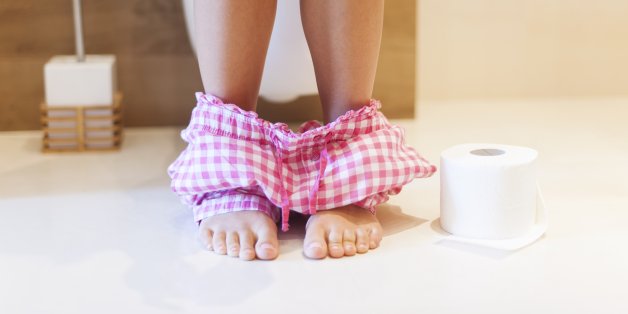By SWHR Interdisciplinary Network on Urological Health in Women members Toby Chai, MD, Yale University, and Candace Parker-Autry, MD, Wake Forest University
Many women can take a road trip, jump on a trampoline with their kids, go shopping, or go for a morning run without thinking twice about their bladder. For others, though, this simply isn’t the case. Some women have a condition physicians refer to as “bladder on the brain” — meaning they constantly keep aware of the nearest bathroom due to strong, uncontrollable urges to void. Such compulsions can even interrupt daily plans and tasks and cause the sufferer to continually think about preventing urine leakage, protecting clothing from wetness, and escaping the stigma of making frequent trips to the bathroom.
Are you a woman with “bladder on the brain”? How do you know if your bladder is healthy?
First, a little background: The bladder’s job is to hold urine until it is a good time to urinate. When our bladder is working normally, we can fully participate in our lives: go to school, go shopping, take car or plane trips, be physically active, or sit through a long movie without worrying about whether or not our bladder can do its job.
For women, normal bladder activity means the ability to hold 10 to 16 ounces of liquid (think a standard-sized plastic water bottle or a “grande” Starbucks beverage) and using the restroom every three to four hours (no more than twice overnight). It’s normal for this frequency to change depending on what we drink throughout the day, as healthy kidneys will create more urine with increased fluid intake. Certain beverages, like those with caffeine or artificial sweeteners, also can increase urine output.
In a healthy bladder, the sensation to use the bathroom is not painful and can be postponed until it is socially acceptable and convenient to urinate. Urination should not be painful for a healthy bladder, and urine leakage shouldn’t occur.
How can you maintain a healthy bladder? First, consider how much and the type of fluids you are drinking. The old “eight glasses of water per day” rule is unfounded and may lead to over-drinking and “bladder on the brain.” Instead, drink to your thirst, and choose water above all other beverages — especially those with caffeine or artificial sweeteners. Below are a few more helpful tips:
- Urinate when you feel you need to, approximately every three to four hours.
- Choose water — it’s the healthiest beverage option and often the least expensive.
- Understand that increasing fluid intake may increase trips to the bathroom.
- Have regular bowel movements — at least once every other day.
- Maintain a healthy weight by eating wisely and getting regular exercise — obesity is linked to increased urinary urgency, frequency, and leakage.
If you have bothersome bladder symptoms, talk to your health care provider. Often, women suffer from “bladder on the brain” for years before seeking treatment. If you have regular urine leakage or urinary frequency that keeps your mind on your bladder, discuss it with your physician.
The Society for Women’s Health Research launched the Interdisciplinary Network on Urological Health in Women in 2015. The 15-member network aims to define inter-and multi-disciplinary research priorities to examine conditions related to the urological system and its impact on women’s health. Learn more about the network here. For additional resources on maintaining bladder health, visit www.swhrdev.wpengine.com.
